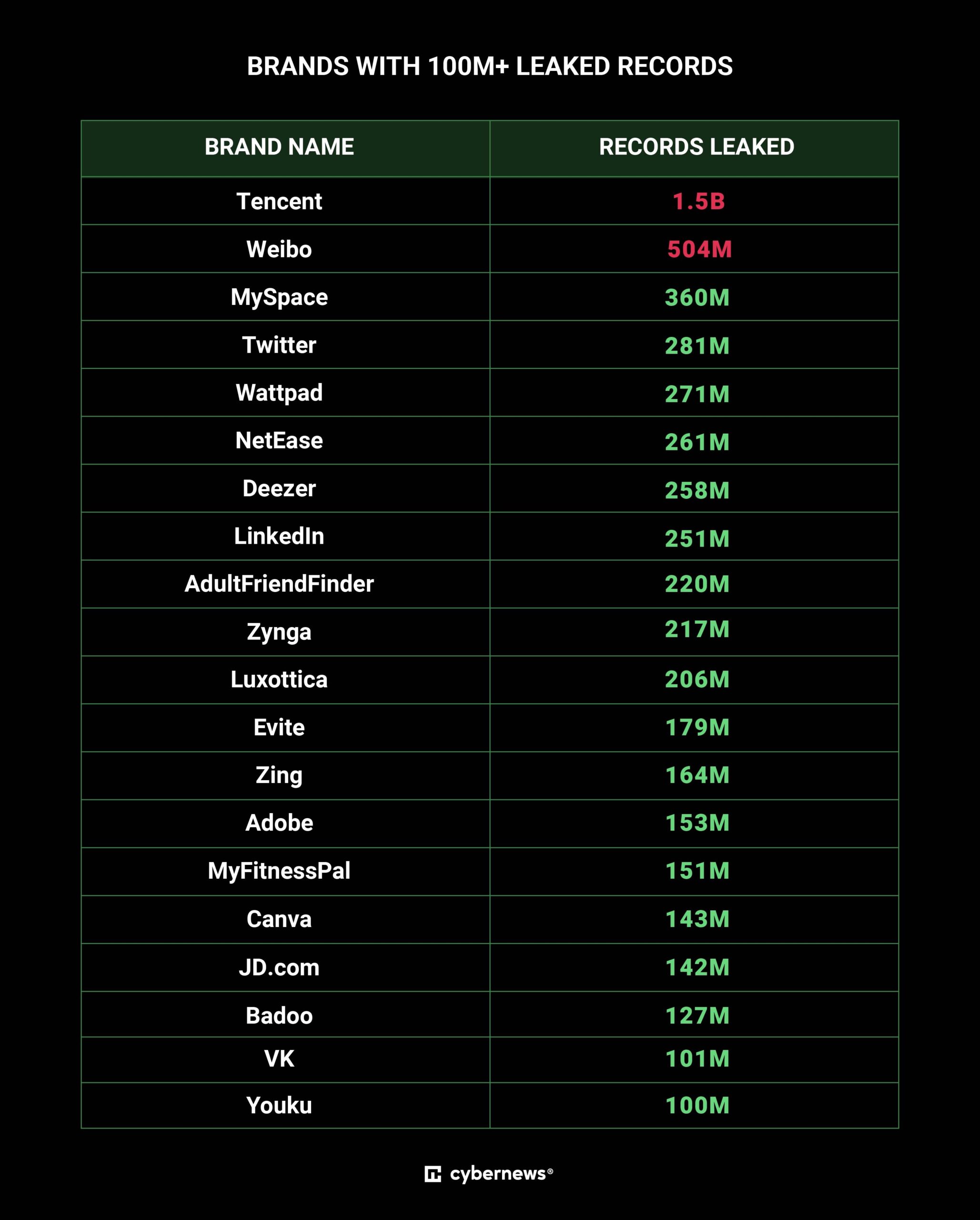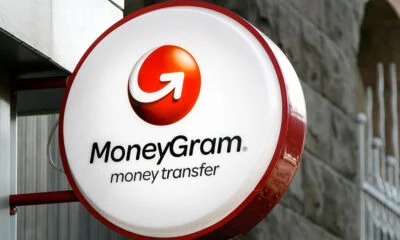News
“Mother Of All Breaches” Exposes 26 Billion Data Records
The files encompass a massive 12 terabytes of personal information from various sources, including Adobe, Canva, and X.

An extensive database consisting of a staggering 26 billion meticulously curated and reindexed data records has recently appeared on an unprotected online platform. This dataset, referred to by experts as the “Mother of all Breaches” (MOAB), encompasses an astonishing 12 terabytes of personal information sourced from various websites, including several big industry names:
- X (281 million)
- Tencent QQ (1.5 billion)
- Adobe (153 million)
The repository of sensitive data encompasses usernames and passwords from tools like Canva to government records from the United States, Brazil, Turkey, Germany, and more.
The discovery of the data trove is down to the diligent efforts of Bob Dyachenko, a cybersecurity researcher and the proprietor of SecurityDiscovery.com, along with the collaborative work of the Cybernews team, who have been investigating its origins.

The research community believes that the owner has a vested interest in storing large amounts of data and could be a malicious actor, data broker, or other large-scale service with the capability to mine massive volumes of data.
The sheer magnitude of the records alone is cause for profound concern. The MOAB is probably the largest “compilation of multiple breaches” (COMB). Enough to arm malicious entities with abundant ammunition to carry out “identity theft, sophisticated phishing schemes, and targeted cyberattacks,” according to Dyachenko.
A faint silver lining of the breach is the confirmation that a significant portion of the records are outdated. Primarily, the MOAB is an amalgamation of prior breaches and leaks, albeit with numerous duplications.
Also Read: The Largest Data Breaches In The Middle East
With that being said, experts also warn that many people use the same passwords across services like Netflix and Gmail, allowing attackers to use the information from MOAB to breach more sensitive accounts.
The full extent and implications of the “Mother Of All Breaches” remain undetermined. The immediate priority lies in uncovering the source and motivation behind this colossal data repository. In the interim, it’s vital to ensure you haven’t used the same password across multiple services or, at the very least, to periodically change those in use.
News
HiFuture Wraps Up Successful GITEX GLOBAL 2024 Appearance
The electronics company wowed audiences at the world’s largest tech event with a range of wearable and smart audio devices.

This year’s GITEX GLOBAL 2024 in Dubai saw a huge number of startups, electronics firms, and innovators from around the globe gather for the tech sector’s largest event of its kind. One company making waves at this year’s expo was Chinese tech group HiFuture, which showcased a range of products with a focus on wearable technology and smart audio.
At the HiFuture booth, the company captivated attendees with cutting-edge smartwatches like the ACTIVE and AURORA, along with a range of powerful wireless speakers, earbuds, and even smart rings. Visitors were eager to check out the sleek new designs on offer and even had the chance to test out some of the products themselves.

Among the highlights were smartwatches combining dual-core processors with customizable options. The devices blended style and technology, offering health monitoring capabilities, personalized watch faces, and advanced AI-driven functionalities, giving attendees a taste of the future of wearable technology.
On the audio front, HiFuture’s wireless speakers left a lasting impression, offering rich, immersive sound in compact, portable designs. These speakers cater to both intimate gatherings and larger celebrations, offering versatility for users. Meanwhile, the company also showed off its Syntra AI technology, which it claims “revolutionizes health and fitness tracking by combining advanced optical sensors with intelligent algorithms for precise, real-time insights”.
Also Read: How (And Why) To Start A Tech Business In Dubai
The presence of HiFuture’s leadership team at GITEX 2024 underscored the importance of this event for the company, with CEO Levin Liu leading a team of executives, all keen to engage with attendees and offer insights into HiFuture’s vision, product development process, and future direction.
Overall, it seems that GITEX GLOBAL 2024 has been a rewarding experience for HiFuture. The enthusiasm and curiosity of attendees shown to the company’s diverse range of products was obvious, with the HiFuture team leaving on a high note and clearly excited and motivated by the event.
























